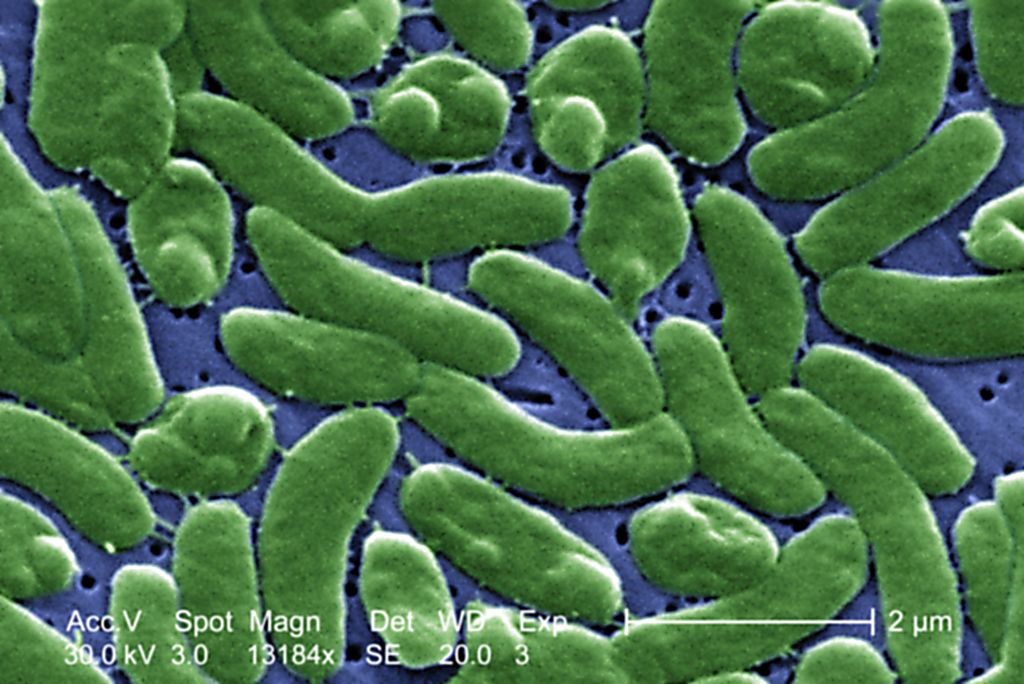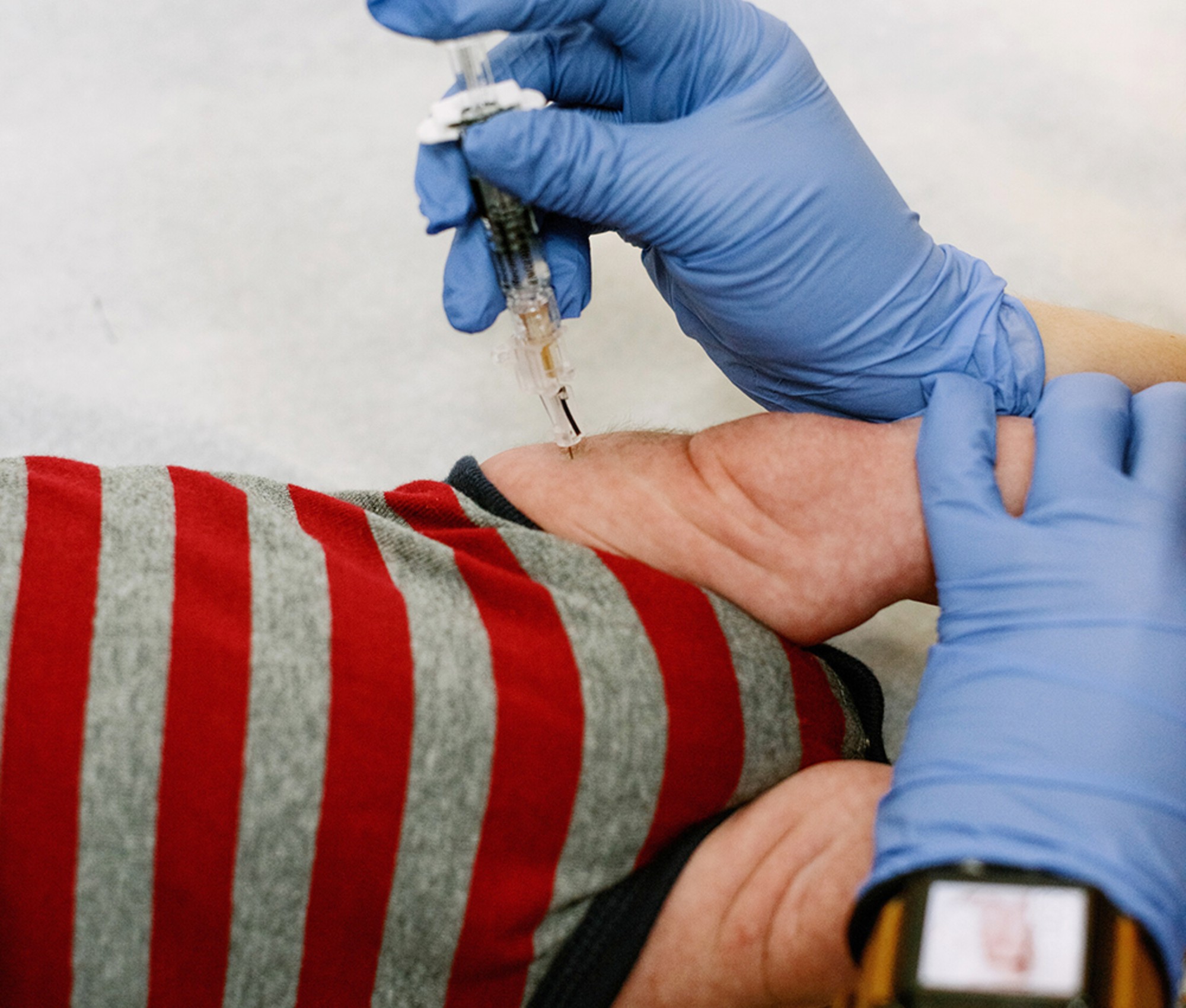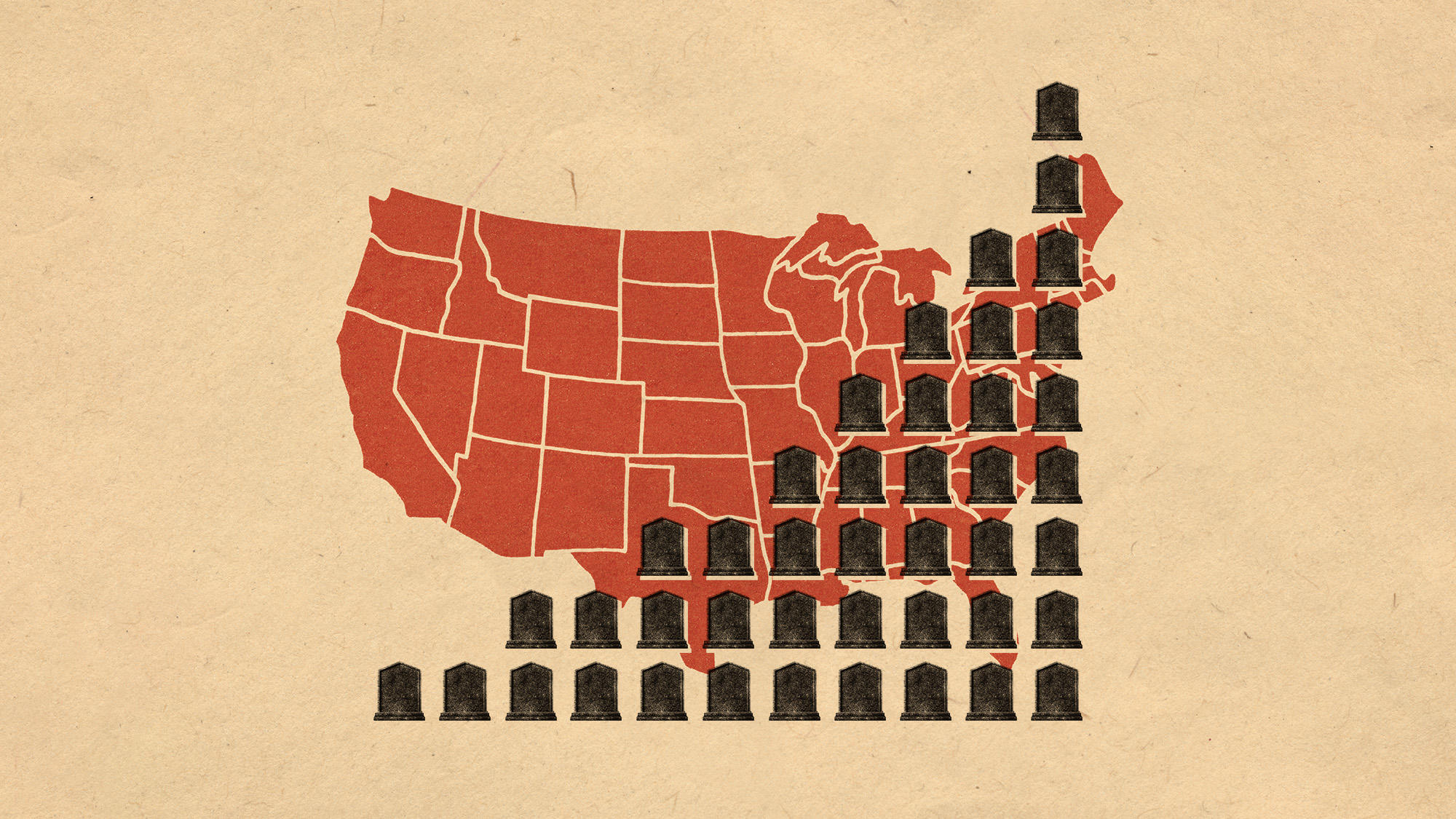A flesh-eating bacteria is growing in numbers due to climate change


The Centers for Disease Control and Prevention has released a health alert to healthcare providers to look out for infections of the "flesh-eating" bacteria known as Vibrio vulnificus. The bacteria is deadly and can be contracted by "eating raw or undercooked shellfish, particularly oysters," or "when an open wound is exposed to salt water or brackish water" that contains Vibrio, the alert said. The bacteria is naturally found in coastal waters.
The bacteria usually affects 150 to 200 per year and about one in five die from infection. Just this year, the bacteria has caused at least 12 deaths, Axios reported. Numbers have also been on the rise as temperatures have been rising.
"V. vulnificus is only active at a temperature that's above 13 degrees Celsius, and then it becomes more prevalent up until the temperature reaches 30 degrees Celsius, which is 86 Fahrenheit," Karen Knee, an associate professor and water-quality expert at American University, told Wired. Oceans have been reaching record-high temperatures, thus worsening the bacteria's presence. "The warmer water is, the more bacteria can reproduce faster," Gabby Barbarite, a researcher at Florida Atlantic University's Harbor Branch Oceanographic Institute, told USA Today.
The Week
Escape your echo chamber. Get the facts behind the news, plus analysis from multiple perspectives.

Sign up for The Week's Free Newsletters
From our morning news briefing to a weekly Good News Newsletter, get the best of The Week delivered directly to your inbox.
From our morning news briefing to a weekly Good News Newsletter, get the best of The Week delivered directly to your inbox.
Though deemed a "flesh-eating" bacteria, the infection kills tissue but doesn't eat it. In order to be infected, the bacteria must enter the body through food or a break in the skin, explained USA Today. Infection can cause, diarrhea, stomach cramping, nausea, vomiting, fever, and chills and can usually be cured with antibiotics. One species of Vibrio, however, can lead to a life-threatening infection and can cause death within two days. "All these changes in climate that we are seeing, including the tremendous heating of the oceans, is making the geography of infectious diseases change," Cesar Arias, a professor and chief of infectious diseases at Houston Methodist Hospital, told Wired.
A free daily email with the biggest news stories of the day – and the best features from TheWeek.com
Devika Rao has worked as a staff writer at The Week since 2022, covering science, the environment, climate and business. She previously worked as a policy associate for a nonprofit organization advocating for environmental action from a business perspective.
-
 A fentanyl vaccine may be on the horizon
A fentanyl vaccine may be on the horizonUnder the radar Taking a serious jab at the opioid epidemic
-
 Health: Will Kennedy dismantle U.S. immunization policy?
Health: Will Kennedy dismantle U.S. immunization policy?Feature ‘America’s vaccine playbook is being rewritten by people who don’t believe in them’
-
 More adults are dying before the age of 65
More adults are dying before the age of 65Under the radar The phenomenon is more pronounced in Black and low-income populations
-
 Ultra-processed America
Ultra-processed AmericaFeature Highly processed foods make up most of our diet. Is that so bad?
-
 Peanut allergies have plummeted in children
Peanut allergies have plummeted in childrenUnder the radar Early introduction could be an effective prevention method
-
 Climate change is getting under our skin
Climate change is getting under our skinUnder the radar Skin conditions are worsening because of warming temperatures
-
 Is this the end of ultraprocessed foods?
Is this the end of ultraprocessed foods?Today's Big Question California law and the MAHA movement are on the same track
-
 Bluetoothing: the phenomenon driving HIV spike in Fiji
Bluetoothing: the phenomenon driving HIV spike in FijiUnder the Radar ‘Blood-swapping’ between drug users fuelling growing health crisis on Pacific island



